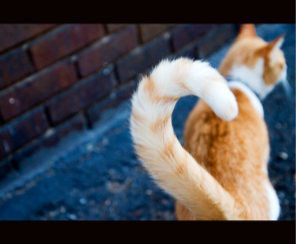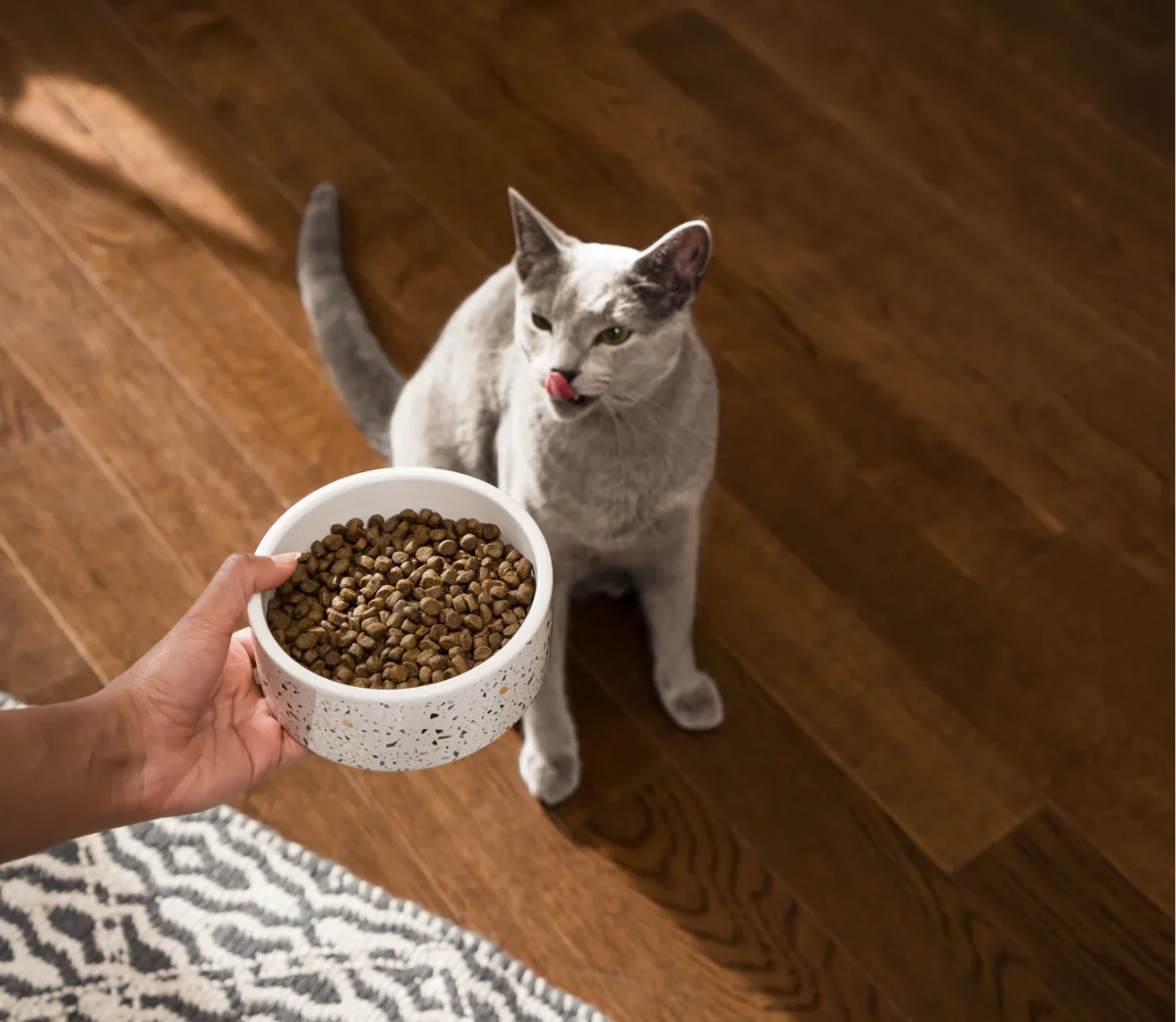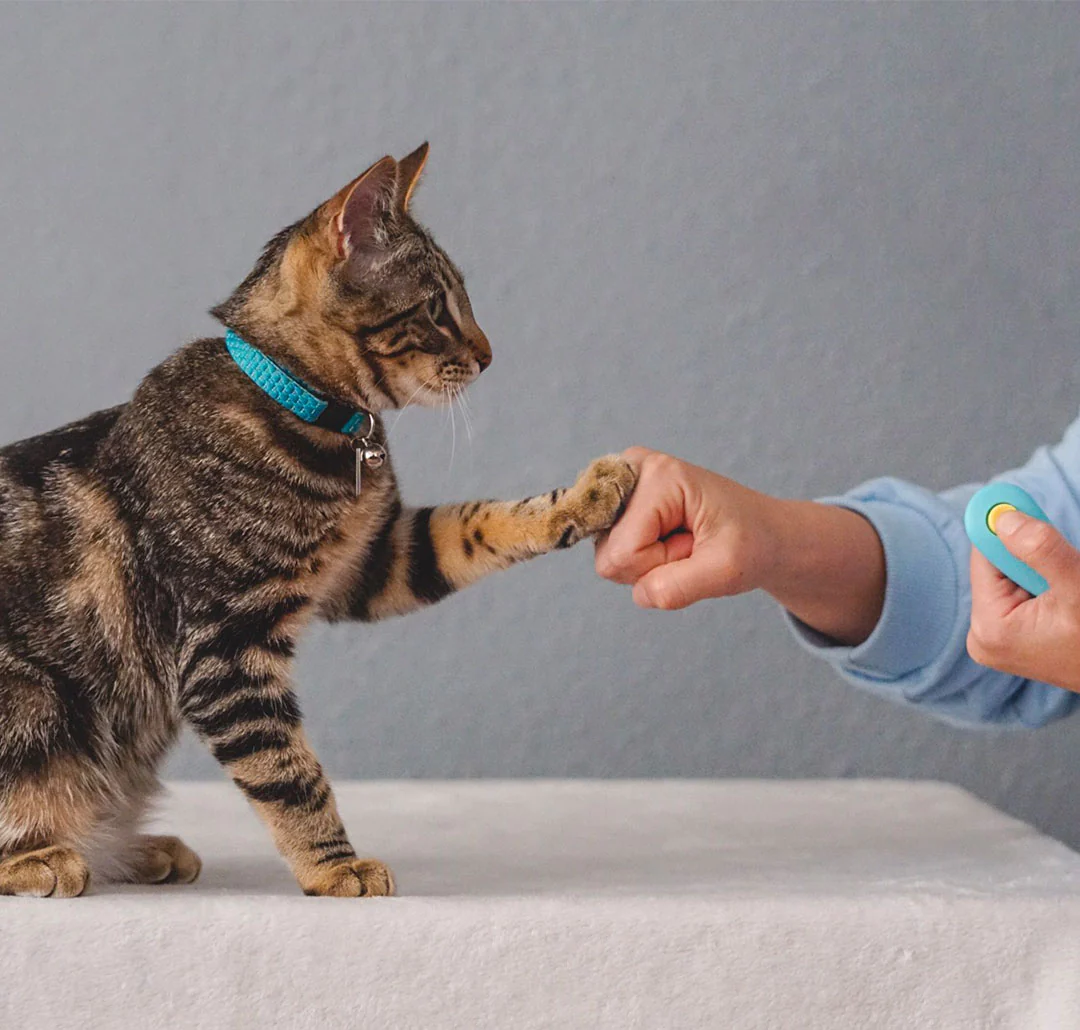
Do your kitties confuse you? These crazy furballs actually have a lot more to explain than you think. Cats did evolve to meow mostly so they could talk to humans, but they have a whole other language entirely! By reading this article you can learn about the ways different parts of the cat show emotion, signs of aggression, stress, or illness, learn if your cat loves you – and how to say I love you back, and then learn the science behind it.
The Ears, the Eyes, and the Tail:
When reading cat body language there are two major areas: the ears and the tail. The positions of the cat’s ears can determine three emotions. Ears facing forward can mean a happy cat, Ears facing outward means the cat is angry, and when the ears are flat against the head pointing down, they are feeling aggressive. If only one ear is back or the ears seem to be moving around a lot, they are probably just trying to listen to something.
The way the eyes look can also show the state of a cat. If the eyes are big and the pupils are super dilated, the cat is either trying to see in the dark, or in hunting mode. A frightened cat though, may have the same eyes, so pay close attention to the context. If the eyes are round or slightly closed and the pupils are narrow like slits, they are happy. An aggressive cat will have enlarged or narrowed eyes with the pupils dilated and will keep whatever they are scared of in sight.
The different tail positions can show different feelings too. When the cat moves its tail upright it means that he is happy. When it’s at a more slanted angle they are unsure. Angled back, moving back and forth means “good” excited or “scared” excited. A flicking or lashing tail signals that the cat is agitated. Also, if your cat’s tail has a curved tip like a question mark it means that they are friendly and curious. And lastly, if the fur on the tail is all puffy (if the cat has short hair) it means the cat is scared or aggressive and is trying to look bigger. A cat may also tuck their tail under their stomach if they are scared or want to keep warm. Either way, it’s best to leave them alone.
Signs to Look Out For
These signs are the most important ones because they show if the cat is sick, stressed, or aggressive. If your cat is sleeping in a box, it is a little shy and scared so try to make it comfortable. If he puffs up his fur he is scared and aggressive so don’t get too close to him. If his eyes are dilated in the daytime, he might be playful but is probably angry. Also, if their eyes are squinted, closed, dazed, or glassy, they are probably sick. Other ways that they show aggression are an arched back and tail, hopping sideways, and ears pointing down. If they are stressed, they will eat less and sleep more. Furthermore, a sudden new diet, excessive grooming, walking in circles, breathing through the mouth a lot, increased thirst, and hiding and avoiding people means there is something wrong with your cat.
Does Your Cat Love You?
Many cats attach themselves to one person. Others love everybody. Some are harder to figure out. The biggest thing to know when you want a cat to love you is to be patient. When first meeting them, let them come to you first. Don’t go up to a cat and pet them without warning.
An obvious sign your cat loves you is if they purr around you and are always happy when you come home. They may also knead on you a lot. Kneading (or making biscuits as some people say) is when a cat pushes and pulls at a soft surface with their paws. Another sign is when your cat lays on their back exposing their stomach. Even if they do this though do not pet unless you know it’s ok. To see why, check out The Science Behind It section. Also, slow blinking is like a feline kiss. Try giving it back to show your cat you love them too!
Hard-to-Understand Signs and Other Helpful Hints
Understanding these concepts are pretty tricky. Here are some images to help you understand what your cats are telling you.
This cat is friendly and curious. Notice its tail is curved:

This is what an unsure cat looks like. Notice its posture and slanted tail:

This is a happy cat’s tail, straight up in the air:

This cat is a little aggressive. Notice its spine and facial expression. Its tail is also down:

This cat is relaxed and happy as it sits:

The Science Behind It
- Why do cats knead when they’re happy?
As petmd.com says, “Cats start to knead as kittens while nursing from their mother. A nursing kitten instinctually kneads to help stimulate the mother’s milk production.” They might be kneading on or by you because they are happy around you, and you remind them of their mother. They may also knead to calm themselves down in scary situations.
- If cats use their body to communicate, why do they still meow?
Kittens need to meow to communicate with their mothers because their bodies are still developing, but otherwise, cats only have distress meows or to talk to us. Yep, that’s right, after cats were domesticated, they evolved to meow to match our chatty habits and to try to get our attention.
- Why do cat’s pupils get big when they’re hunting?
According to catboxclassics.com, “Dilating their eyes even in situations of adequate light allows cats that are hunting to collect as much information, including small movements of their prey, as possible.”
- Why do they expose their bellies?
Many people find it confusing when your cat lays on its back exposing its stomach, but when you try to pet it you get attacked by claws. You might think it’s an invitation to give belly rubs, but cats are not like dogs and most don’t like that. The stomach area is where all of the vital organs are, so the cat’s instinct is to protect it. This being said, exposing something this important is their way of showing trust towards you.
- What is an aggressive/defensive stance?
The defensive/aggressive stance is when the back is arched, the tail is rigid, and the fur is puffed up. This helps to make the cat look bigger and scarier. The cat may also hop sideways to scare away predators. The hunting/aggressive stance is when the cat is low to the ground, with its bottom higher than its head, and the eyes dilated. This position is when a cat is getting ready to attack.
- What makes my cat’s tail get puffy?
As said above, it’s mostly to make the cat look bigger. www.mentalfloss.com says, “A cat’s tail puffs when muscles in its skin (where the hair base is) contract in response to hormone signals from the stress/fight or flight system, or sympathetic nervous system. Occasionally, the hairs on a cat’s back will also puff up along with the tail.”
The Cat/Human Bond
Cats were most likely domesticated from 1,400- 10,000 years ago and were mostly used as rodent control with the following exceptions. The ancient Egyptians worshiped cats as gods and the Japanese kept cats around for good luck. They were often chosen over dogs not only because they did not need to be trained to hunt, but also because they are more independent, but still affectionate. This resulted in cats being very popular in people’s homes.
Because cats were around humans so much, they started having a broader range of vocalizations. They have also learned to understand human emotions much more than other animals do. For example, “They are able to recognize facial expressions, tone of voice, and body language to determine how a person is feeling,” says catbandit.com. They can also understand human emotions because they have similar emotions to us. They are able to feel happiness, anger, stress, fear, curiosity, and more. They also resond to these cues. For example, when a cat sees you are feeling down, he might start purring or meow to ask if you’re okay. Lastly, cats can also understand human gestures such as pointing, and nodding, so next time you see your cat try doing these gestures with them.
It’s surprising how easily we can understand what cats are saying after learning these basic rules. To review, cats use body language to communicate with people and other cats, and to show you they love you. The three main ways cats show emotions are the ears, the eyes, and the tail. The more we can learn about these wonderful creatures the more we can fully appreciate them. So next time you want to know what your cat is saying, try using these techniques.
Works Cited
“The Definitive Guide to Cat Behavior and Body Language.” Tuft + Paw, https://www.tuftandpaw.com/blogs/cat-guides/the-definitive-guide-to-cat-behavior-and-body-language. Accessed 19 December 2023.
Fawcett, Kirstin. “What Makes a Cat’s Tail Puff Up When It’s Scared?” Mental Floss, 17 January 2018, https://www.mentalfloss.com/article/524452/what-makes-cats-tail-puff-when-its-scared. Accessed 19 December 2023.
Hart, Hannah. “Why Do Cats Knead?” PetMD, https://www.petmd.com/cat/behavior/evr_ct_why_do_cats_knead. Accessed 19 December 2023.
“How Do Cats Understand Humans? Exploring the Fascinating Feline-Human Bond.” The Cat Bandit Blog, https://blog.catbandit.com/how-do-cats-understand-humans-exploring-the-fascinating-feline-human-bond/. Accessed 19 December 2023.
“How Do Cats Understand Humans? Exploring the Fascinating Feline-Human Bond.” The Cat Bandit Blog, https://blog.catbandit.com/how-do-cats-understand-humans-exploring-the-fascinating-feline-human-bond/. Accessed 19 December 2023.
“How to Read a Cat’s Body Language.” PetMD, 8 May 2023, https://www.petmd.com/cat/behavior/cat-body-language. Accessed 19 December 2023.
“How to Read Cat Body Language and Emotions.” Best Friends resources, 14 February 2019, https://resources.bestfriends.org/article/how-read-cat-body-language-emotions. Accessed 19 December 2023.
Lacy, Steve. “.” . – YouTube, 2 October 2022, https://petsyllabus.com/the-science-of-body-language-understanding-non-verbal-communication/. Accessed 19 December 2023.
“Why Do Cats’ Pupils Get Big?” Cat Box Classics, 30 November 2021, https://catboxclassics.com/blogs/cat-news/why-do-cats-pupils-get-big. Accessed 19 December 2023.
“Why Do Cats’ Pupils Get Big?” Cat Box Classics, 30 November 2021, https://catboxclassics.com/blogs/cat-news/why-do-cats-pupils-get-big. Accessed 19 December 2023.





